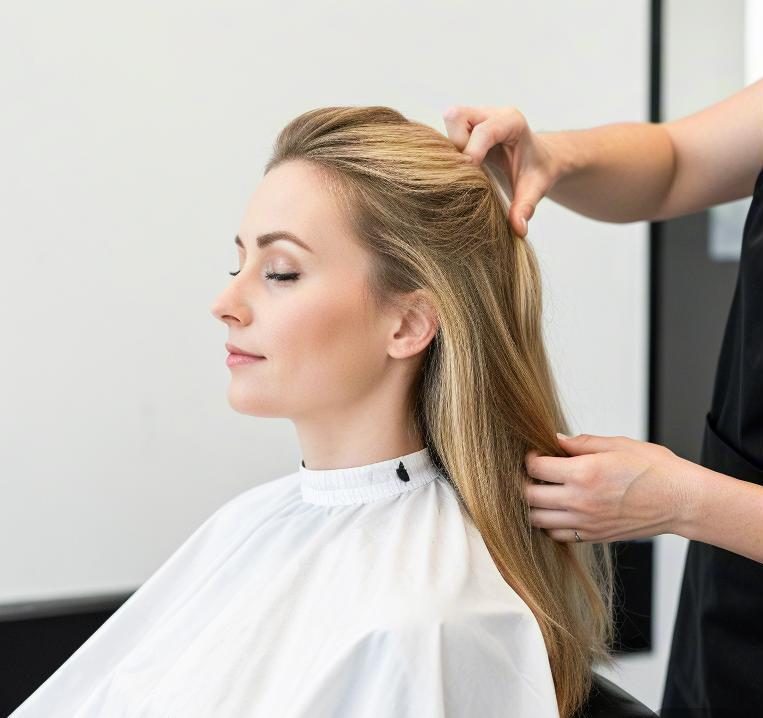The Ultimate Guide to Healthy Hair: Science-Backed Tips for Nourished Locks
Apr 29,2025

Healthy, lustrous hair is more than just a beauty asset—it reflects overall well-being and proper care. However, factors like pollution, heat styling, and chemical treatments can damage hair over time. This guide explores actionable steps to maintain strong, shiny hair using evidence-based methods.
1. Understand Your Hair Type
Hair care begins with knowing your hair’s unique needs:
Straight hair tends to accumulate oil faster; use lightweight, clarifying shampoos.
Curly or coily hair requires intense moisture—opt for sulfate-free cleansers and leave-in conditioners.
Color-treated hair benefits from pH-balanced products to preserve vibrancy.
Pro tip: A dermatologist can assess scalp health if you experience persistent issues like dandruff or hair loss.
2. Wash Wisely
Overwashing strips natural oils, while infrequent washing leads to buildup.
Frequency: Wash 2–3 times weekly (adjust based on activity level and hair type).
Technique: Massage shampoo into the scalp (not lengths), rinse with lukewarm water to avoid drying strands.
Conditioning: Focus on mid-lengths to ends. For extra hydration, try a weekly deep-conditioning mask.
Science note: A 2020 study in the Journal of Cosmetic Dermatology found that cold rinses can boost shine by smoothing hair cuticles.
3. Minimize Heat Damage
Heat styling tools weaken keratin bonds, leading to brittleness.
Prevention: Apply a heat protectant spray (look for dimethicone or cyclopentasiloxane) before using hairdryers or straighteners.
Alternative styling: Embrace air-drying or heatless curls (e.g., braiding damp hair overnight).
Temperature control: Keep tools below 350°F (177°C); higher temperatures scorch hair fibers.
4. Nourish from Within
Hair thrives on a nutrient-rich diet:
Proteins: Keratin is protein-based; include eggs, fish, and legumes.
Vitamins: Biotin (B7) supports growth; find it in nuts and leafy greens. Vitamin E (avocados, almonds) protects against oxidative stress.
Hydration: Drink 8–10 glasses of water daily to maintain scalp elasticity.
Did you know? Omega-3 fatty acids (found in salmon and chia seeds) reduce scalp inflammation linked to hair thinning.
5. Trim and Protect
Regular trims (every 8–12 weeks) prevent split ends from traveling upward. Additional protection strategies:
Night care: Use silk or satin pillowcases to reduce friction-induced breakage.
UV protection: Hair is vulnerable to sun damage. Wear hats or use sprays with UV filters.
Chemical caution: Limit bleaching and perming. If you color hair, choose ammonia-free dyes.
6. DIY Remedies: Do They Work?
Natural treatments can complement but not replace proven products:
Coconut oil: Penetrates hair shafts to reduce protein loss (per a 2015 International Journal of Cosmetic Science study). Apply as a pre-wash treatment.
Aloe vera: Soothes itchy scalps; mix with rosemary oil for enhanced circulation.
Apple cider vinegar: Diluted rinses (1:3 ratio) remove residue but avoid overuse to prevent acidity imbalance.
Healthy hair is a blend of external care and internal wellness. By tailoring routines to your hair type, minimizing damage, and embracing nourishing habits, you can achieve resilient, radiant locks. Remember: Consistency is key. Start with one or two changes, track progress, and celebrate every small victory on your hair care journey!
PREVIOUS:







